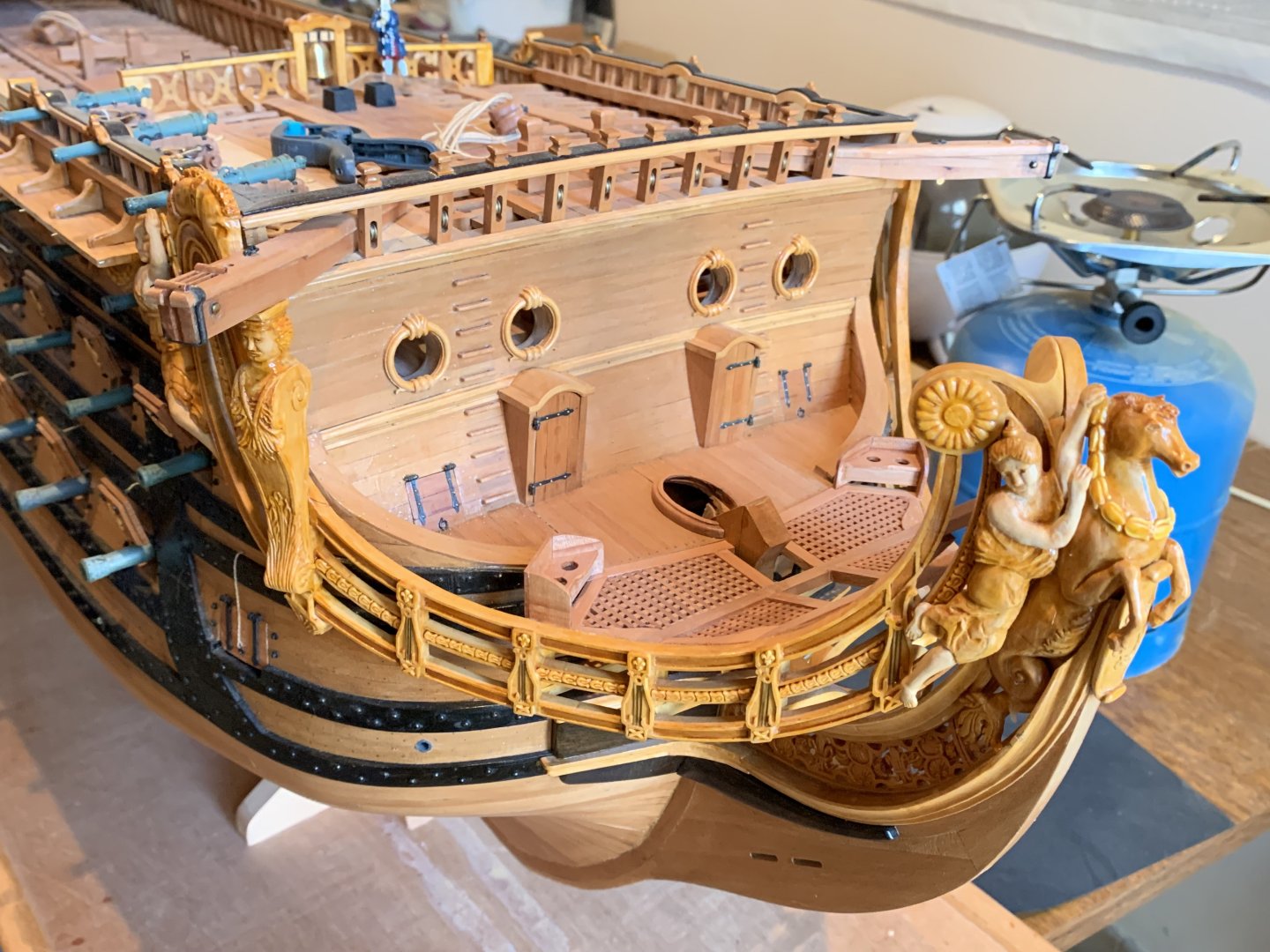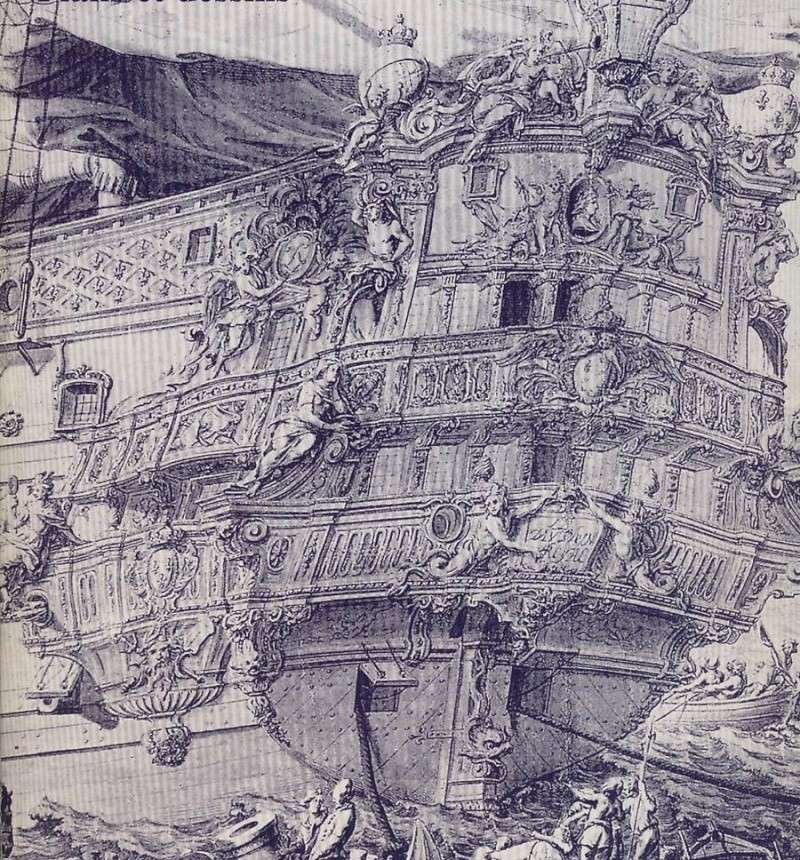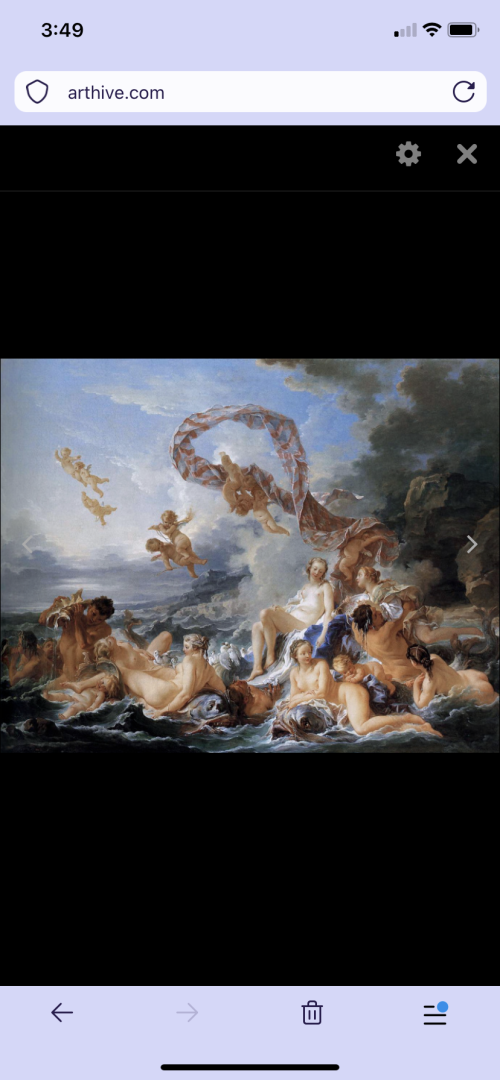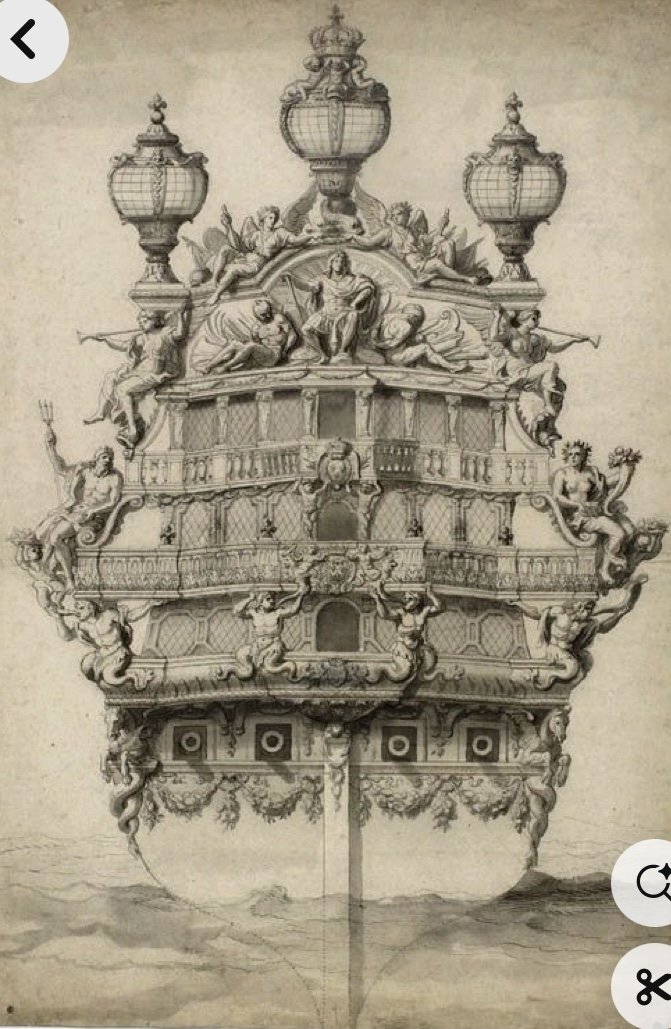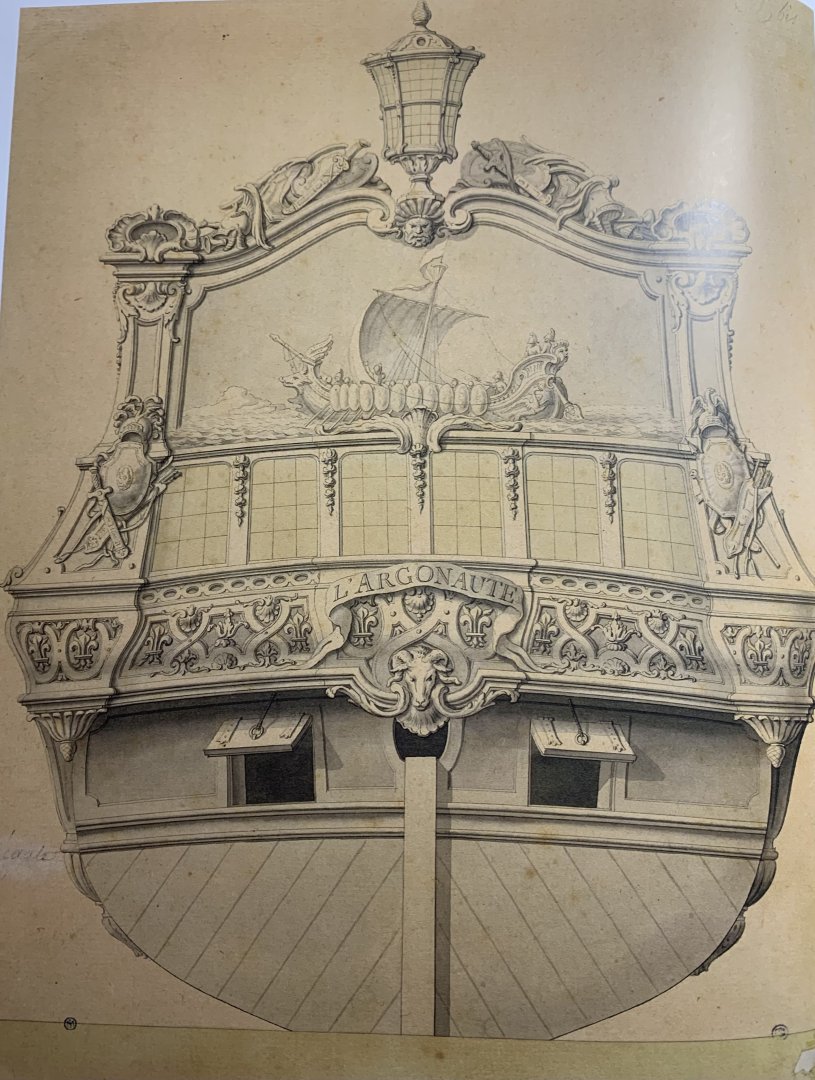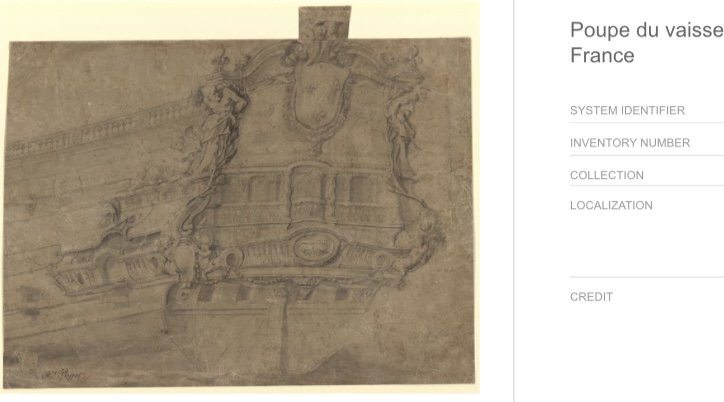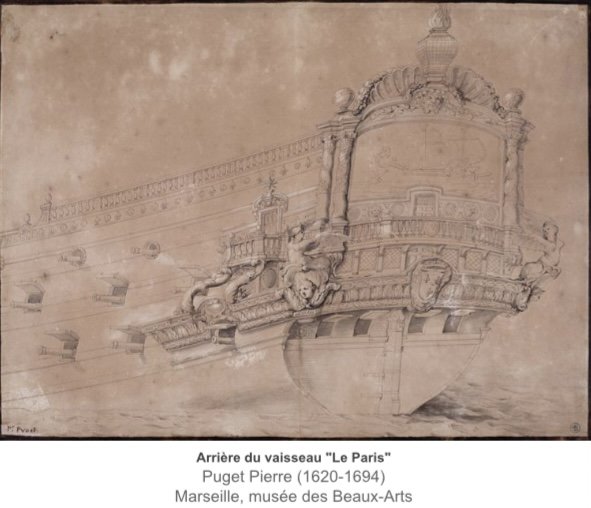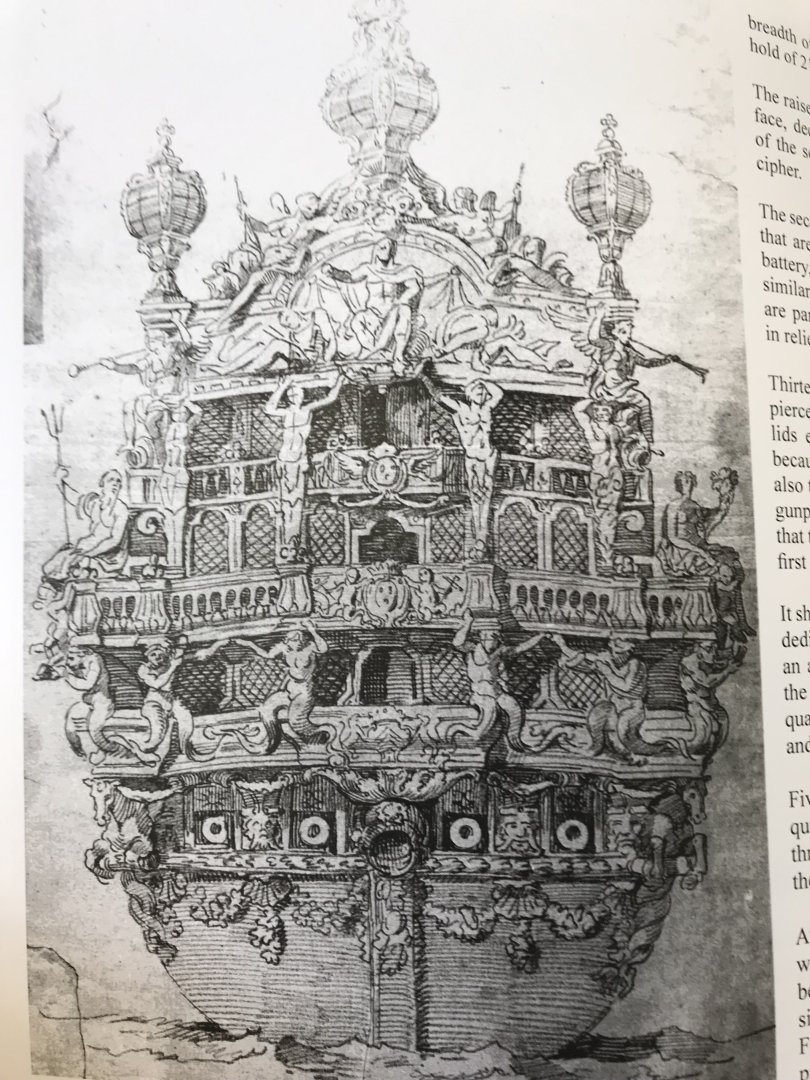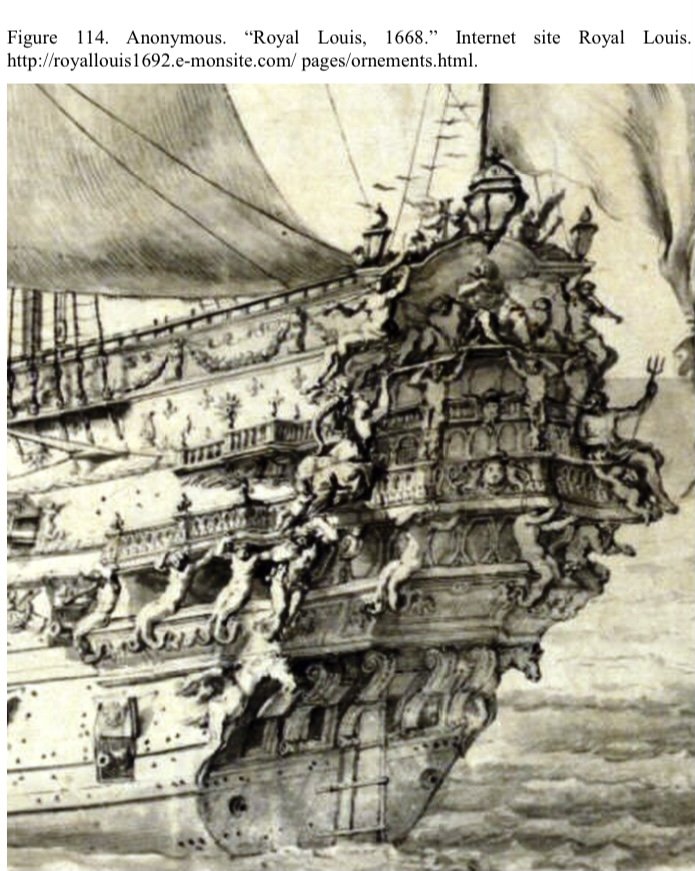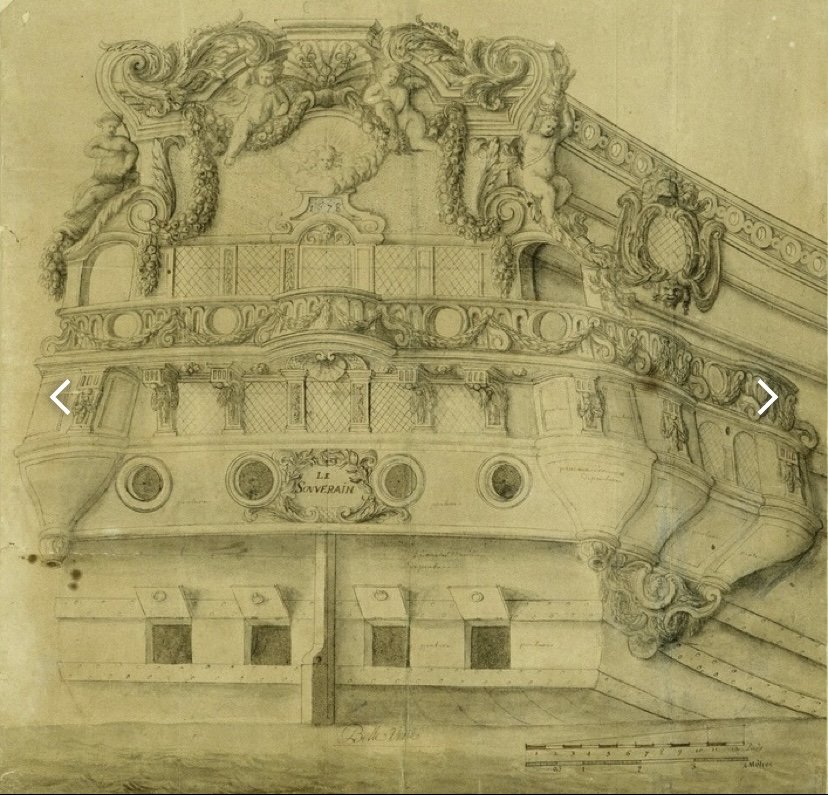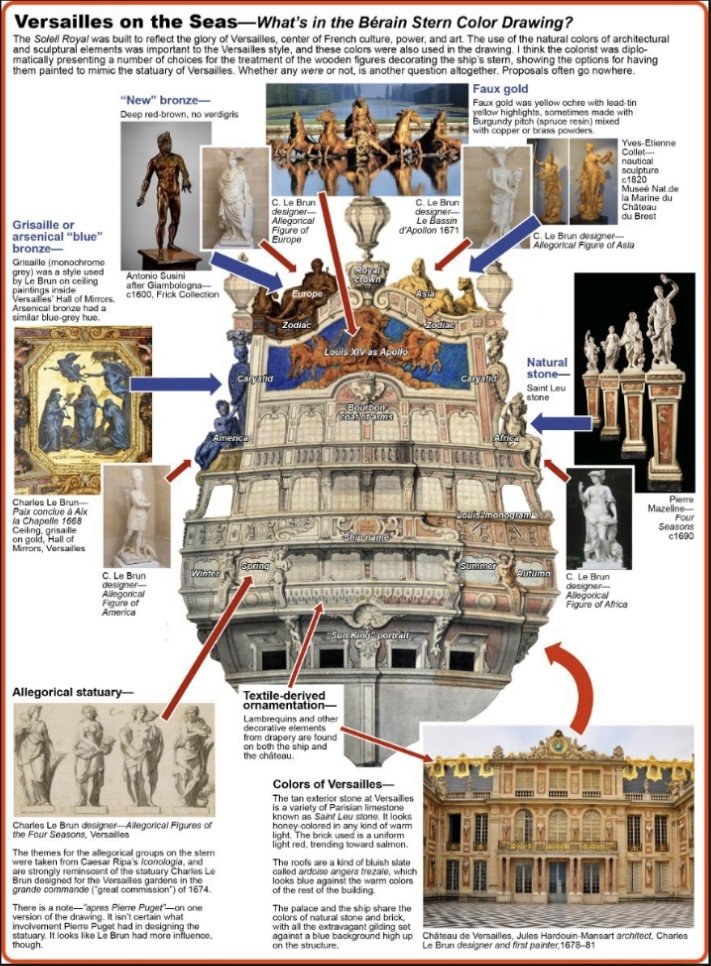-
Posts
3,220 -
Joined
-
Last visited
Content Type
Profiles
Forums
Gallery
Events
Everything posted by Hubac's Historian
-
I suppose my phone/identity has been busier than I’ve been - that’s alarming on several fronts. Of course I am following the build, Bill, but not on that moment-to-moment degree. I have to figure out how to put that shadow-energy to work for me 🤔😀
-
Oh, that would be a treat! Like Kevin, you would work wonders with that kit.
- 255 replies
-
- Sovereign of the Seas
- Airfix
-
(and 1 more)
Tagged with:
-
Indeed - a very clever representation!
- 255 replies
-
- Sovereign of the Seas
- Airfix
-
(and 1 more)
Tagged with:
-
I’m always impressed by this work at scale 1:144.
- 255 replies
-
- Sovereign of the Seas
- Airfix
-
(and 1 more)
Tagged with:
-
This all looks preliminarily very good, Eric. Depending upon how you choose to make the transverse supporting knees that connect with the inside of the headrails (I made mine as one piece that saddled over the upper knee of the head), you may want to reduce the taper along the upper knee of the head. There are hair bracket mouldings that frame the trailboard and continue to the buttressing knees below the hawsers. You could choose to make the transverse headrail knees as port and starboard pieces that connect to your presently tapered upper knee. What you’re trying to ensure, here is a reasonable run of the three headrails, converging at the forward scroll, whilr still maintaining enough space below the lowest headrail for the under-support of the headrail knees. That’s a jumble of ideas, I know, but hopefully that makes sense. It might be worth temporarily tacking your stem spacer and upper/lower knees in-place with Elmer’s glue (easily dissolvable in water), so that you can make a card pattern of the headrail trio - just to see how it will all resolve into the hull and at the forward end.
- 344 replies
-
- 1/100 Scale
- soleil royal
-
(and 1 more)
Tagged with:
-
Well, I am making progress in my reading. A couple of general revelations: The 24 drawing sets (stern, quarter and bow drawings) are fully reproduced copies of the same that are catalogued in a special volume of Jean Berain’s work from the mid-1680’s to the 1710’s. On that basis alone - the book is worth the price of admission. It is very nearly the same as seeing the original drawings themselves. The second revelation is that the particular allegory of any given ship is only drawn for the stern, the quarter galleries and bow. This means, in my interpretation, that all ornament in-between, is of a more general nature. We’ve discussed this before, but this really sunk-in, lately.
- 344 replies
-
- 1/100 Scale
- soleil royal
-
(and 1 more)
Tagged with:
-
She is a ship-in-motion! Looks great, Eric! I was wondering where you were 🤔
- 344 replies
-
- 1/100 Scale
- soleil royal
-
(and 1 more)
Tagged with:
-
Also - I know you mentioned at the outset that the ship was basically hermetically sealed in its vault, and as a result, the wood was in excellent condition. I’m just curious as to whether the preservation team still had to treat the wood in various ways to stabilize it.
- 21 replies
-
Would it be possible to find a location where a cross-tenon is reasonably near an in-grain tenon, with the lashing batten removed?
- 21 replies
-
That is what the monograph is suggesting, but not what the model makers ended up doing. At least not what I’ve seen of the Jose Tusset model of the SP, which is the fully masted version.
- 344 replies
-
- 1/100 Scale
- soleil royal
-
(and 1 more)
Tagged with:
-
Yes, these are the so-called mast coats. I’ve fitted my main mast coat, so far, because I have established deck level there. At this stage of the 17th Century, the trailboard is still a pierced fretwork. There are supporting connections between the upper and lower knees of the head in the form of through-bolts that run through the trailboard. When I was making my trailboard, I struggled because I was trying to make a carving blank that fit perfectly in the space, which I then fretted out. The simpler thing to do would have been to make a thin card template that fit the space, precisely, and use that as a tracing pattern on sheet stock. Then, I could have fretted out the part while it was still supported in the sheet. This is much easier and makes the possibility of breaking the trailboard - which I did - far less likely. Of course, you could always simplify your life by leaving a solid backdrop, painted flat black in what would be the fretted out areas, and apply an ornamental trailboard to either side. Depending upon how elaborate your design ends up being (framed all around, or not), you’re still likely making a fretted part X2. Maybe easier, in the end run, to make one fretted piece just once.
- 344 replies
-
- 1/100 Scale
- soleil royal
-
(and 1 more)
Tagged with:
-
That looks like a solid connection for the sprit-mast. You can use appropriately sized 1/4-round styrene strip to make an entry coaming for the sprit-mast. This will take up the gap around the sprit-mast base. You can see this moulding on Michel’s model:
- 344 replies
-
- 1/100 Scale
- soleil royal
-
(and 1 more)
Tagged with:
-
That’s a good bit of work to get where you are now, Eric, but the results are uniformly excellent!
- 344 replies
-
- 1/100 Scale
- soleil royal
-
(and 1 more)
Tagged with:
-
Also notable in that stern portrait of the DR, is the way in which the lower “false balcony,” or stern counter (at the center of which the ship’s name is inscribed), nearly mimics the shape of this same area on Dutch ships of the same time period; up-turned ends, dipping in a gentle curve and then rising to a central arch. This is the so-called Dutch “slingergist”. I know I am mis-spelling this word, but phonetically it sounds like that.
- 344 replies
-
- 1/100 Scale
- soleil royal
-
(and 1 more)
Tagged with:
-
One thing that I think about, with regard to the “vault,” or the concave archway that the tiller enters through, is that this area may have had a painted frieze, as opposed to carved ornament. Take a close look at the DR of 1680: It isn’t exactly clear what’s happening just above the lower transom moulding, but it looks like it could be a painted frieze. This was a known practice among Dutch ships of the 1660s. IMO, this could be an example of more “subdued” ornament. I like to imagine a frieze that captures the spirit of this LuBrun painting:
- 344 replies
-
- 1/100 Scale
- soleil royal
-
(and 1 more)
Tagged with:
-
I think that Dassie’s comments are wide-open to interpretation. My take is that he was referring to the scale of the fully rendered sculptural work: the Four Seasons and Continental figures. I think that by the time Puget is conceptualizing the ornament for SR (I read that she wasn’t fully decorated until 1675, or something like that), he had been chastened enough to reduce the scale of his sculpture work. My operating assumption, here, is that Guy is correct in his research, which asserts that Colbert contracted Puget to complete the finished drawings for SR’s ornamental program. By this time, Puget had soured on his experience with the State’s shipyards, but agreed to do the SR design work in exchange for a prime slab of marble and a commission at Versailles for what would become one of his most famous sculpture works - Milo of Croton: https://en.chateauversailles.fr/discover/history/great-characters/pierre-puget#:~:text=For a long time%2C Puget,Andromeda (1675-1684). Now, apart from the “vault,” aka the lower transom, which was remarked to be fairly plain in comparison to the RL’s winged-horse brackets and swaged garlands, I think SR was probably pretty well covered with ornament.
- 344 replies
-
- 1/100 Scale
- soleil royal
-
(and 1 more)
Tagged with:
-
Good morning, Eric! Your bowsprit mast looks very good - a definite improvement over the kit. Assuming you will eventually paint it, you may find that “parchment paper” cut into appropriate width strips, makes excellent stock for the woolding moulds that bracket each woolding. I put parchment in air quotes because what I am referring to is actually a fairly heavily weighted paper that you can find in STAPLES. I used this paper to cut the letters for my Nec Pluribus Impar banner on my lower transom. Great stuff! It is great that you have ordered the book. You will not be disappointed. Mr. Pieper provides so much insight into the development of sailing ships, architecturally, what the actual process of construction was that is illustrated in the Album de Colbert, and of course, the specific ornamental programs - their composition and allegorical significance. Consider Le Argonaute of 1711, rendered toward the end of Jean Berain’s career and life: Apart from my reflected overhead light, the clarity of the rendering is absolutely crystal clear. All of the conventions of Berain’s ornamental style, with his paneling and compartmentalization of the classic symbols of the crown are in their best and most fully developed style. Even in 1711, there remain some elements of the early style with symbols of heraldry and the implements of war bracketing the quarter pieces and taffrail. Contrast Berain’s relative restraint with Puget’s exuberance in the mid-to-late 1670’s: A sculptor in marble, first and foremost, the application of Puget’s talents to ship sterns was largely influenced by the architectural style of the land buildings he witnessed while carving many of his most famous marble sculptures, in Genoa. Upon his arrival in Toulon, he must have been overjoyed to be tasked with filling the monumental stern facades of the largest ships, like the Monarque, with relatively huge statuary: As has often been discussed, these large sculptures were a hindrance to the ship’s navigation. After several years of continual castigation, on the part of Colbert and the intendants at Toulon, Puget was persuaded to reign it in, a bit. The Royal Louis is probably the best example of what the ornamental style for these two great capital ships looked like. A rough drawing of the scheme for the RL, probably by LeBrun: And the finished drawing, likely by Girardon: In contrast with the more compartmentalized and architectural style of Berain, there is a stronger reliance on foliate forms to organize the allegory and give it shape: You see this very prominently in Le Souverain of 1678: All of these elements coalesce, by degree, into Berain’s re-working of Puget’s initial design for Soleil Royal. Structurally, the stern and quarters would have been somewhat taller and more narrow, perhaps, but the allegory would have been largely the same. John Ott’s glorious infographic: So, obviously, that’s quite a lot to wrap your head around! The book will be a great help, though, as you familiarize yourself with the particularities of French style.
- 344 replies
-
- 1/100 Scale
- soleil royal
-
(and 1 more)
Tagged with:
-
Hello Evan! Ironically, yesterday I found an entire Pinterest page dedicated to your Connie build, by another fan of your work. Great stuff! I really love all of the scratch modification work you are doing here. It is the aspect of plastic modeling that I love the most. Your work is do crisp! Best, Marc
-
Maybe, given it’s length, it could be lashed alongside the main hatch, and stored with spare topmasts and spars?
- 255 replies
-
- Sovereign of the Seas
- Airfix
-
(and 1 more)
Tagged with:
About us
Modelshipworld - Advancing Ship Modeling through Research
SSL Secured
Your security is important for us so this Website is SSL-Secured
NRG Mailing Address
Nautical Research Guild
237 South Lincoln Street
Westmont IL, 60559-1917
Model Ship World ® and the MSW logo are Registered Trademarks, and belong to the Nautical Research Guild (United States Patent and Trademark Office: No. 6,929,264 & No. 6,929,274, registered Dec. 20, 2022)
Helpful Links
About the NRG
If you enjoy building ship models that are historically accurate as well as beautiful, then The Nautical Research Guild (NRG) is just right for you.
The Guild is a non-profit educational organization whose mission is to “Advance Ship Modeling Through Research”. We provide support to our members in their efforts to raise the quality of their model ships.
The Nautical Research Guild has published our world-renowned quarterly magazine, The Nautical Research Journal, since 1955. The pages of the Journal are full of articles by accomplished ship modelers who show you how they create those exquisite details on their models, and by maritime historians who show you the correct details to build. The Journal is available in both print and digital editions. Go to the NRG web site (www.thenrg.org) to download a complimentary digital copy of the Journal. The NRG also publishes plan sets, books and compilations of back issues of the Journal and the former Ships in Scale and Model Ship Builder magazines.





